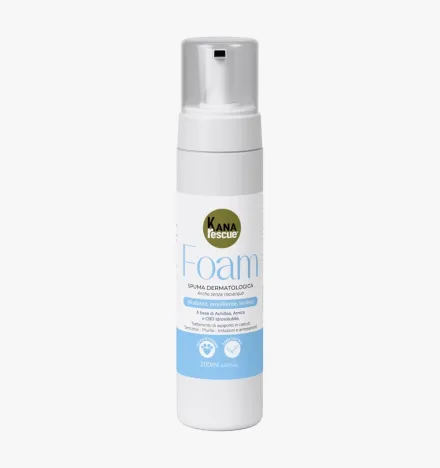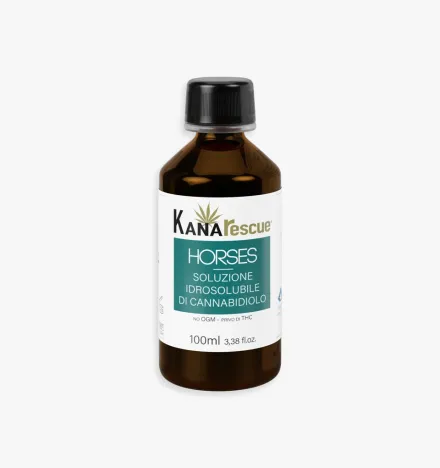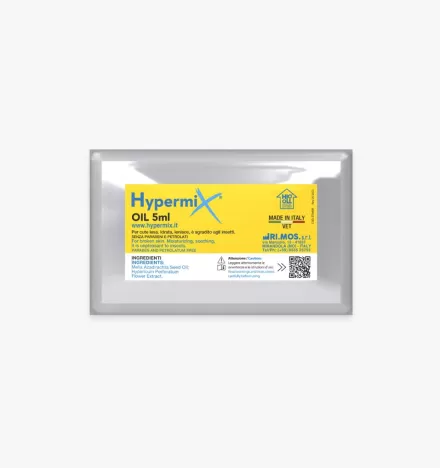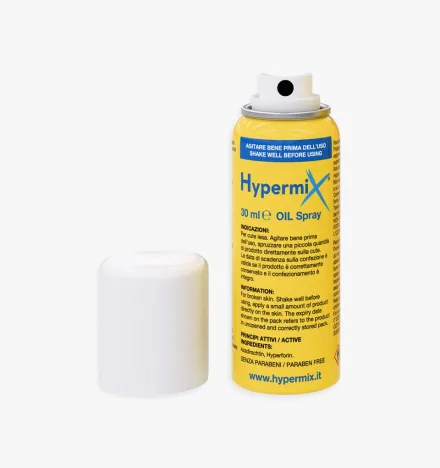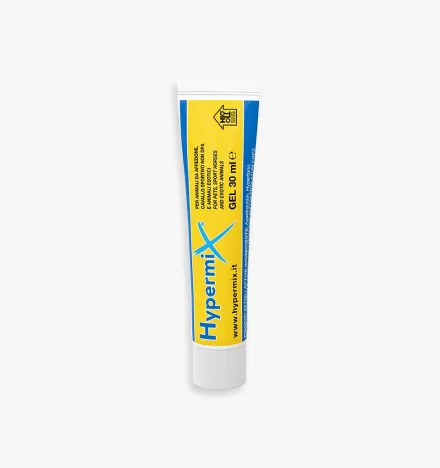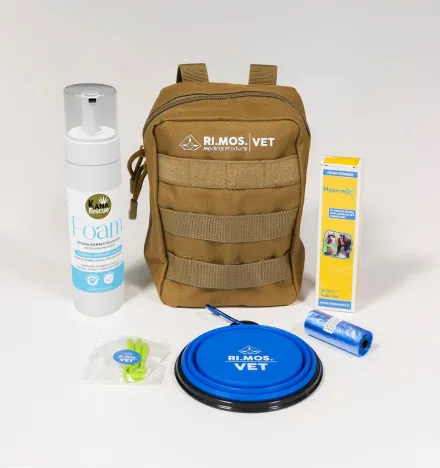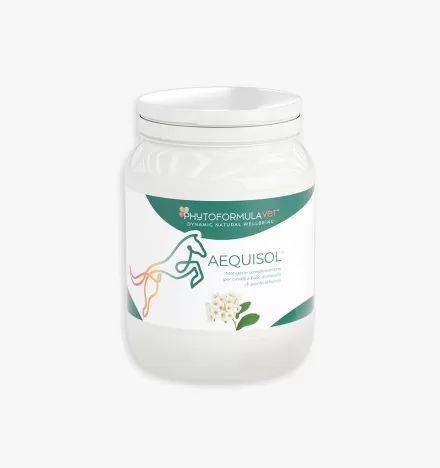Pain management in animals: everything you need to know
Pain in animals is a more or less debilitating condition that can result from trauma, disease, or surgery and has a significant impact on their well-being. Understanding how to recognize and treat it is critical to ensuring an adequate quality of life and promoting the animal's recovery.
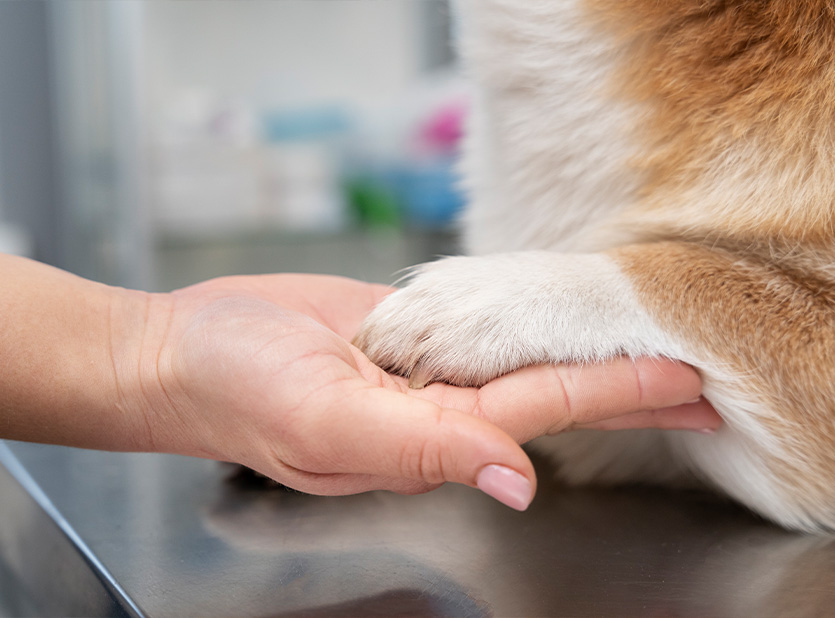
PAIN MANAGEMENT: RECOGNIZING AND TREATING IT
Pain in animals can manifest itself in many forms and is not always easily identified. Signs vary among species and individuals, and causes can be varied. Failure to recognize and manage pain not only compromises the animal's well-being, but can also delay healing and aggravate other conditions.
WHAT IS MEANT BY PAIN MANAGEMENT?
Pain management encompasses all strategies aimed at recognizing, alleviating, and preventing physical suffering in animals, improving their well-being and quality of life. It is an approach that requires attention to signs, evaluation of causes, and selection of the most appropriate therapies, often combined to achieve the best outcome.
In animals, pain is a condition that is often difficult to identify. Unlike humans, they cannot directly express their discomfort and tend, by survival instinct, to hide signs of suffering. This makes it essential to carefully observe any changes in their behavior or physical state.
Recognizing pain is the first step to managing it effectively. There are different types of pain, stemming from specific causes and manifested by symptoms ranging from restlessness and vocalizations to loss of appetite or restricted movement.
Pain management is not limited to alleviating symptoms, but also includes prevention, monitoring, and reducing the consequences on the animal's overall well-being. It is a process that requires constant attention and targeted interventions to improve the quality of life of animals at every stage of their existence.
Classification of pain
Pain in animals is mainly divided into two categories: acute and chronic, each with different characteristics, causes, and manifestations. However, to these two we can add an intermediate category, namely that of persistent pain.
Acute pain
Acute pain is closely related to recent tissue damage, such as injury, trauma, or surgery. It is an immediate and temporary response that tends to resolve as the affected tissue heals.
Examples of acute pain include surgical pain, traumatic events, and some inflammatory diseases, such as cystitis or pancreatitis. This type of pain is generally easier to recognize because it causes obvious signs of stress and discomfort, such as yelping, lameness, or restricted movement.
Chronic pain
Chronic pain persists over time and may continue even after the initial injury has healed. It does not resolve spontaneously and may affect the animal's general well-being. It is typical of conditions such as osteoarthritis or cancer diseases and can be further subdivided into:
- Neuropathic pain, caused by damage to the nervous system, which causes self-excitation of nociceptive pathways. This type of pain is felt in the area innervated by the damaged nerve even in the absence of obvious tissue damage. It is often associated with alterations in sensitivity, such as hyperesthesia (excessive sensitivity), allodynia (pain from normally nonpainful stimuli) or paresthesias (abnormal sensations).
- Chronic inflammatory pain, related to persistent inflammatory processes that maintain pain over time.
Persistent pain
A special case is persistent pain, which falls between the other two categories. It is acute and related to chronic conditions, such as arthritis, and responds initially to treatment with anti-inflammatories and analgesics. However, in some cases, it can evolve into chronic pain that is more difficult to manage.
How to recognize chronic, acute and persistent pain
While acute pain is often evident through the animal's immediate reactions, chronic pain is more insidious and is manifested through behavioral changes. The animal may appear dejected or inactive, lose appetite, lick compulsively, reduce grooming, or show character changes such as depression, fear, or aggression. It may also isolate itself or hide.
These signs, often attributed by owners to aging, are actually alarm bells pointing to a pathological condition, not just an effect of age.
CAUSES
Pain in animals can result from a wide range of conditions, ranging from acute and temporary to chronic and degenerative conditions. Understanding the underlying causes is essential for accurate diagnosis and effective treatment. Here are the main causes:
- Degenerative joint disease: conditions such as arthritis and osteoarthritis are among the most frequent causes of chronic pain in animals, especially in the elderly. These diseases cause inflammation and degeneration of the joints, leading to stiffness, difficulty in movement and persistent pain.
- Muscle and joint pain: trauma, overexertion, or postural problems can cause muscle and joint pain. These problems can be temporary or chronic, often aggravated by age or other underlying conditions.
- Acute and chronic inflammation: inflammation, which can affect organs, tissues or joints, is a common cause of pain. Conditions such as cystitis, pancreatitis or gingivitis can generate localized pain, while chronic inflammatory conditions can have a systemic impact.
- Metabolic diseases: metabolic diseases such as diabetes or hypothyroidism can cause neuropathic pain or secondary complications, such as inflammation or problems in the nervous system.
- Chronic itching and skin lesions: intense itching, often due to allergies, parasites, or dermatitis, can lead to the animal licking or scratching to the point of painful lesions. These can worsen if secondary infections occur.
- Trauma and injury: wounds, fractures and bruises are common causes of acute pain. Even surgical procedures, while necessary, can cause temporary pain that requires appropriate management to promote comfortable healing.
- Neuropathic pain: damage to the nervous system, both peripheral and central, can cause neuropathic pain. This type of pain is often associated with neurological disease or trauma involving nerves and can occur in the absence of obvious tissue damage.
- Tumor pain: neoplasms, in addition to causing pain directly due to tissue compression or infiltration, can cause chronic inflammation and neuropathic pain, especially in advanced stages of the disease.
These causes, alone or in combination, significantly affect the welfare of the animal.
SIGNS AND SYMPTOMS
Pain in animals can manifest in different ways depending on the severity, cause, and character of the animal itself. In some cases, signs of suffering are subtle and result in minimal changes in habitual behavior; in others, they are more obvious and dramatic.
Here are some common signs of pain:
- Moans and vocalizations with groans, yelps, growls or other unusual sounds.
- Loss of appetite and dehydration
- Alterations in physiological needs: absence or difficulty in urination and defecation.
- Reluctance to movement: resistance to walking, climbing stairs or performing habitual movements.
- Real estate
- Aggressiveness: defensive behavior or sudden aggressive attitudes, often in response to physical contact.
- Depression: dejection, apathy or isolation.
Complications
Untreated pain not only negatively affects the animal's quality of life, but also alters its normal physiological and metabolic processes. It can reduce resistance to infection, aggravate pre-existing conditions, and slow healing processes.
DIAGNOSIS
The causes and manifestations of pain in animals are many and often vary by species and specific condition. Therefore, it is essential to consult a veterinarian as early as the first signs of discomfort. The specialist will proceed with a careful observation of the animal's behavior and reactions, assessing any changes in posture, movements or general attitude. If necessary, he or she may use more in-depth examinations to prescribe the most appropriate therapy for the animal's recovery and well-being.
PREVENTION
Preventing pain in animals is difficult, but essential to ensure their well-being and reduce the risk of complications.
What you can do:
- Monitoring: periodic checkups allow early identification of any diseases or problems that could cause pain, such as arthritis, infections, or metabolic diseases.
- Weight management: keeping weight under control reduces the load on joints and prevents chronic joint disease.
- Prevention of trauma and injury: providing a safe environment free of obvious hazards reduces the risk of accidents and painful injuries.
- Vaccinations and antiparasitics: protecting the animal from infectious diseases and infestations reduces the possibility of pain associated with inflammatory complications or chronic itching.
- Physical activity and mental stimulation: regular exercise and an enriched environment prevent muscle stiffness and behavioral problems related to inactivity or stress.
NATURAL REMEDIES
The use of natural remedies can be a valuable support in pain management in animals, especially for mild conditions or as an adjunct to traditional veterinary therapies.
Here are some commonly used natural remedies:
- Cannabidiol (CBD): extracted from hemp, is increasingly used for chronic pain management due to its anti-inflammatory and calming properties.
- Aloe vera: with soothing, regenerative and anti-inflammatory properties, it is ideal for relieving irritation and promoting recovery of inflamed or injured tissues.
- Natural supplements: glucosamine and chondroitin are useful for joint support, while Omega-3 fatty acids, found in fish oil, have anti-inflammatory properties.
- Medicinal herbs: some plants, such as Arnica, Spirea ulmaria, Curcuma longa, Ribes nigrum, Aloe ferox, and Milk Thistle, are known for their pain-relieving and anti-inflammatory properties. They can be used in the form of ointments or supplements, always under veterinary supervision.
- Natural physical therapies: massage, gentle stretching, and physical therapy can relieve muscle and joint pain, improving mobility and overall well-being.
- Local heat or cold applications: hot packs can relax stiff muscles, while cold packs help reduce swelling and inflammation.
An aid for horses is Aequisol, from RI.MOS. VET, a complementary feed made from medicinal plants, such as Spirea ulmaria, Curcuma longa, Ribes nigrum, Aloe ferox and Milk Thistle. Thanks to its antioxidant, purifying and soothing properties, Aequisol is ideal for supporting the horse's joint and muscle health, while also relieving stress, especially that resulting from work or transport.
Natural remedies should never replace accurate diagnosis and appropriate veterinary treatment. The combined use of natural and conventional therapies, under medical supervision, is often the key to improving the animal's well-being safely and sustainably.
MEDICAL TREATMENTS
Pain management in animals requires a personalized approach and close collaboration with the veterinarian, who can evaluate the most appropriate treatment options based on the animal's specific condition.
- Analgesic and anti-inflammatory drugs: Your veterinarian may evaluate the use of NSAIDs (Non-Steroidal Anti-Inflammatory Drugs) for inflammatory and joint pain.
- Advanced injectable therapies: in some cases, the veterinarian might propose locally administered drugs for prolonged pain control or innovative treatments such as monoclonal antibodies, specifically for dogs and cats.
- Complementary treatments: techniques such as laser therapy, physiotherapy, and acupuncture have become an integral part of pain treatment, especially in cases of chronic or musculoskeletal pain. They improve mobility, reduce inflammation and contribute to faster recovery.
- Anxiety management: stress and anxiety can exacerbate pain perception. The veterinarian can recommend techniques to reduce stress or, when necessary, prescribe anxiolytics to improve the animal's emotional well-being.
Any therapy, especially drug therapy, must be monitored over time to prevent side effects, which can increase with prolonged use. Regular checks with the veterinarian are essential to assess the effectiveness of the treatment and, if necessary, modify it according to the specific needs of the animal.
HEMP AND CANNABIDIOL (CBD): NEXT-GENERATION NATURAL-BASED TREATMENTS
In recent years, the use of natural ingredients such as Cannabidiol (CBD) and Hemp has revolutionized the treatment of pain in animals. This new generation of products, based on plant-based ingredients, offers effective and natural relief, not only relieving symptoms but contributing to overall well-being and tissue regeneration. With advanced formulas and carefully selected ingredients, the Kanarescue® line stands as a natural and effective support for dealing with itchy, irritated and reddened skin.
Among the available treatment options, we recommend:
- Kanarescue® Horses (water-soluble solution for horses): formulated for horses, this water-soluble solution contains Aloe Vera, Peppermint, Sage and Grapefruit seed. Ideal for relieving muscle and joint pain and supporting the immune system.
- Kanarescue® Foam (Dermatological Foam): a no-rinse dermatological foam enriched with Arnica, Yarrow and water-soluble CBD. Perfect for therapeutic massage, it relieves muscle aches, contractures and itches while moisturizing and soothing the skin.
The Kanarescue® line represents a breakthrough in the treatment of skin problems and general animal well-being. Based on water-soluble Cannabidiol (CBD) and Hemp, these products take advantage of the protective, soothing and regenerative properties of these natural compounds, offering effective and gentle support.
GENERAL TIPS FOR PAIN MANAGEMENT IN ANIMALS
Managing an animal's pain requires constant attention and some good practices that can make a difference in his or her quality of life. Here are some helpful tips for how to best deal with this challenge:
- Observe and monitor any changes in your pet's behavior, appetite or mobility to catch early signs of pain.
- Always consult your veterinarian, avoiding do-it-yourself, for an accurate diagnosis and proper treatment.
- Offer support through an appropriate diet, possibly supplemented with complementary feeds such as Aequisol, to support the animal's physical and mental well-being.
- Follow the treatment plan and adhere to your veterinarian's directions for medications, dosages, and complementary therapies.
- Creates a safe and welcoming environment, avoiding slippery surfaces or unnecessary strain on the animal.
- Adjust the animal's lifestyle with a balanced diet and encourage moderate physical activity appropriate to the animal's condition.
Small daily gestures, together with appropriate veterinary support, can significantly reduce suffering and promote the animal's well-being.
Pain Management Products
Do you have a question?
Our team of experts has an answer for you!
What steps should be taken during the healing phase to prevent the animal from licking or damaging the wound?
During the healing phase of a wound, the animal may experience itching caused by normal healing. In such cases, specific devices such as Elizabethan collars, inflatable collars, breathable containment bandages, and braces can be used to avoid self-traumatization due to scratching, licking, and pecking.
What are the stages of wound healing?
There are three stages of wound healing:
Stage 1: exudative or inflammatory or also called cleansing stage
Stage 2: granulation or proliferative phase (granulation tissue formation)
Stage 3: epithelialization or regenerative phase (scar formation and epithelialization)
Highlights
Choose the beneficial properties of our effective and safe plant-based products for the well-being and care of your pets.
Subscribe to the Newsletter, for you 10% discount!
Stay up-to-date with all the latest news, promotions and exclusive offers from RI.MOS. VET.


